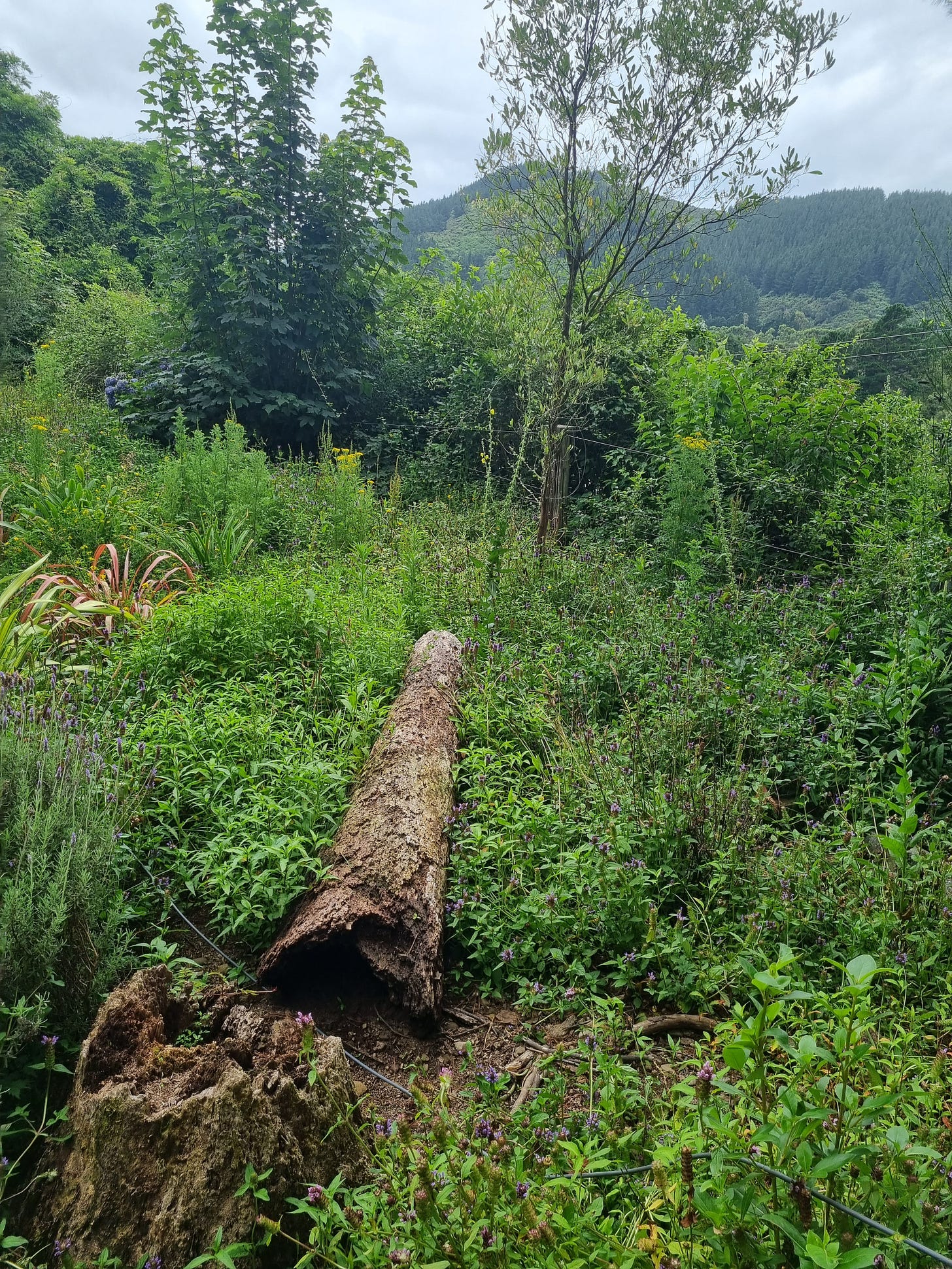I was able to read this article "What it means to be at home in this land" by Moana Jackson in e-Tangata. It was a timely reminder of the great loss Moana has left for our people. But there was a part that really resonated with me.
"When you take away the whenua from a people who regard themselves as tangata whenua; when you take away their ability literally to touch the mountains; if you limit their ability to dream their own dreams; if you take away the earth upon which they stood with love; then you render them homeless in the most complete sense."
In 2018 I returned home to the Wairarapa where I lived in Kaiwaewae (also known as Featherston and Pae Tū Mokai) for approximately 6 months. I then decided to do something that absolutely terrified me. I quit my job, bought a ute, a caravan and lived by the moana. I had no real address and I spent a lot of my time in a ute travelling around Te Ika a Māui (North Island). I was either camping out or jumping between wānanga. It really was what people call a “nomad” lifestyle. But as I went through my journey learning more about our tīpuna and how they lived in and on our mōtū I realised how much of what I was doing reflected the transient ways in which they had once lived. They would move with the seasons to the best place for our people. Coastal areas during key kaimoana collecting times and inland during the cooler periods to hibernate to some extent and prepare for the times ahead.
It was during this time I realised that I was technically what others would call “homeless”. But this title absolutely did not sit well with me. You see because I was having the time of my life. I was learning the stories of my ancestors and returning key skills into my kete of knowledge. How to fish, how to catch tuna, how to forage for kai. Yet to banks, MSD and everyone else I was a liability.
It was then I realised that I wasn’t in fact homeless, but I was houseless. A key word can be swapped out. The realisation being that while I lived on the land of my ancestors, as Moana put it in the quote above, I can never be homeless because I can literally touch my maunga, walk in my awa and feel the one (soil) of my whenua between my toes.
And while that is a lovely sentiment, that is not the end of this conversation. Because yet again there are conditions placed on us. The fact we’re part of this colonial and capitalist society. We have to pay extortionate rents to people who regularly are ensuring their ‘investment’ is not being destroyed. Yet their ‘investment’ is killing us slowly with cold, damp housing.
When we can afford to buy housing, it is usually high rates for councils to create solutions, highly likely ignoring mana whenua requests. Solutions that exasperate the colonisation of our whenua, awa and āngi (air). An example in Wairarapa is paying for flood management solutions that ‘manage’ our waters, which are degrading them further by planting Willows along our banks. I could write a whole essay on the issue with Willows.
So just getting our whenua back is not enough, we need tino rangatiratanga.
#LandBack is a whole kaupapa in itself. Returning the land is one part of the equation. For me it is also about autonomy to determine how to proceed on our whenua. With it comes other forms of sovereignty that we talk about, Kai, Soil, Rākau, Housing, Data and many more. As well as the decision making and co-design of solutions that surround us and the whenua (i.e. upstream and downstream impacts to our awa, whenua, one, āngi etc).
For those that haven’t heard, a few of my whānau and I launched a public #LandBack crowdfunding campaign in April 2021 to purchase whenua down Waiohine Gorge.
We were unsuccessful in the bid for the original land we were trying for but were able to raise over $290,000. These funds were set up under a trust that would hold the pūtea to purchase another piece of whenua within the traditional rohe of and for the benefit of ngā uri o Ngāti Kahukuraawhitia (our hapū).
Last month we were successful in purchasing 10+ ha and a dwelling down Waiohine Gorge. It has mature native bush on the section. Although it requires a lot of mahi to refurbish the dwelling to get it into shape and revitalise the whenua, it presents an exciting time for the trust to begin to unpack how we utilise the block to grow opportunities for our whenua, whānau and uri of our hapū.
We see this as a stepping stone to bigger kaupapa for our whānau. We need to get on the whenua, there is lots of mahi to do. Once we can start to clean up and wānanga with our whānau then we can start organising an event to celebrate and thank all that contributed to our #LandBack campaign.
We are not sure what this looks like but updates will come when and once we know.
But for now, it is about tidying up the whenua, propergating the rākau that exist here and how we support Papatūānuku to grow kai for our whānau. Easily typed out, a lot of mahi to do in person. However, we won’t do this alone. We have whānau and a community behind us. That is the most exciting part.



Awesome to be able to read and learn about your journey homeward, the spiritual and the political reclamation, hard going but so reward... plus the ever orienting words of Moana J! Tēnā koe.